Collection
Theme
- Armed Conflict
- Trafficking
- Domestic slavery
- Forced labour
- Forced marriage
- Children
- Conflict
- Sexual exploitation
Country
- Sudan (trafficked from)
- Sudan (slavery location)
- Egypt (slavery location)
- Libya (slavery location)
- Eritrea (trafficked from) 5 More
Date
- 2014 (Narrative date)
- 1999 (Narrative date)
- 1999 (Narrative date)
- 2020 (Narrative date)
- 2012 (Narrative date) 8 More
Type
44 results
VOICES: Narratives by Survivors of Modern Slavery
This is the world's largest archive of modern slavery survivor narratives. Across more than a million words spoken or written by survivors of modern slavery, we can see why slavery persists in particular hotspots, analyse patterns in trafficking routes, identify vulnerabilities, understand more about the challenges survivors face in liberation, and discover new antislavery solutions. These narratives offer the chance to systematically design new antislavery strategies based on the experiences, ideas and solutions of enslaved people themselves.
The database is searchable by country, name, theme, and narrative date. Narratives can be viewed in list or map form. A short introduction provides context to each narrative. Narrative provenance appears after the main narrative text.
For ideas on how to use this database, please see our accompanying guide.
Project Lead: Zoe Trodd. Team Members: Andrea Nicholson, Lauren Eglen, Rosemary Pearce, Olivia Wright.
Project Funders: AHRC Antislavery Usable Past grant (2014-19), ESRC/AHRC PaCCS Modern Slavery: Meaning and Measurement grant (2016-19), and AHRC-GCRF Antislavery Knowledge Network grant (2017-2021).
For any queries about the collection please contact: [email protected]. If you wish to cite a particular narrative, please acknowledge the survivor’s name, the provenance of the narrative and cite: Voices Database, the Rights Lab, University of Nottingham.
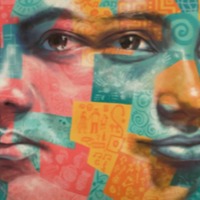
Mewael
There are an estimated 518,000 people living in modern slavery in Egypt, 465,000 in Sudan and an estimated 451,000 in Eritrea (GSI 2018). Since 2006 tens of thousands of Eritreans fleeing widespread human rights abuses and destitution have ended up in Egypt’s Sinai Peninsula. Until 2010, they…
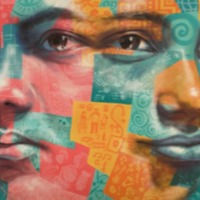
Hamid
There are an estimated 518,000 people living in modern slavery in Egypt, 465,000 in Sudan and an estimated 451,000 in Eritrea (GSI 2018). Since 2006 tens of thousands of Eritreans fleeing widespread human rights abuses and destitution have ended up in Egypt’s Sinai Peninsula. Until 2010, they…
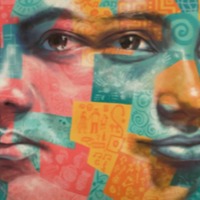
Petros
There are an estimated 518,000 people living in modern slavery in Egypt, 465,000 in Sudan and an estimated 451,000 in Eritrea (GSI 2018). Since 2006 tens of thousands of Eritreans fleeing widespread human rights abuses and destitution have ended up in Egypt’s Sinai Peninsula. Until 2010, they…
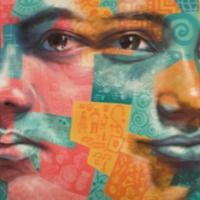
G
There are an estimated 518,000 people living in modern slavery in Egypt, 465,000 in Sudan and an estimated 451,000 in Eritrea (GSI 2018). Since 2006 tens of thousands of Eritreans fleeing widespread human rights abuses and destitution have ended up in Egypt’s Sinai Peninsula. Until 2010, they…
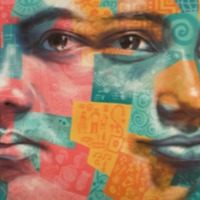
Senait
There are an estimated 518,000 people living in modern slavery in Egypt, 465,000 in Sudan and an estimated 451,000 in Eritrea (GSI 2018). Since 2006 tens of thousands of Eritreans fleeing widespread human rights abuses and destitution have ended up in Egypt’s Sinai Peninsula. Until 2010, they…
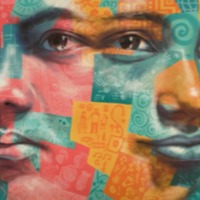
Arsema
There are an estimated 518,000 people living in modern slavery in Egypt, 465,000 in Sudan and an estimated 451,000 in Eritrea (GSI 2018). Since 2006 tens of thousands of Eritreans fleeing widespread human rights abuses and destitution have ended up in Egypt’s Sinai Peninsula. Until 2010, they…
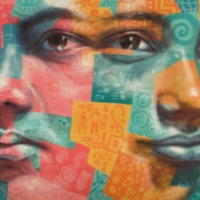
Dut Yai Yai
Dut Yai Yai was ‘redeemed’ (bought out of slavery) by Christian Solidarity International (CSI), a Zurich-based international human rights organization, in January 2007. He told his story to CSI staff in Aweil State, Southern Sudan. Along with the three main types of modern slavery (chattel…
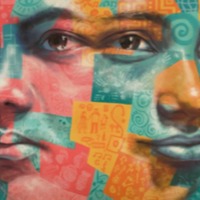
Abdirahman Hashi
There is an estimated 48,000 people living in modern slavery in Libya (GSI 2018). Libya is a major transit destination for migrants and refugees hoping to reach Europe by sea. Human trafficking networks have prospered amid lawlessness, created by the warring militias that have been fighting for…
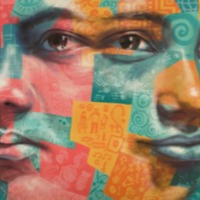
Andemariam
There is an estimated 48,000 people living in modern slavery in Libya (GSI 2018). Libya is a major transit destination for migrants and refugees hoping to reach Europe by sea. Human trafficking networks have prospered amid lawlessness, created by the warring militias that have been fighting for…
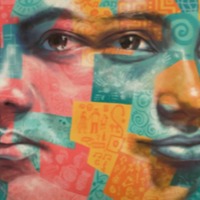
Abraham
There is an estimated 48,000 people living in modern slavery in Libya (GSI 2018). Libya is a major transit destination for migrants and refugees hoping to reach Europe by sea. Human trafficking networks have prospered amid lawlessness, created by the warring militias that have been fighting for…
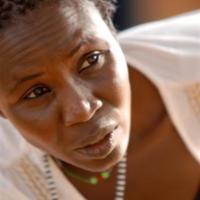
Mende
In 1994, when Mende Nazer was about 12, Arab militia stormed her village in the Nuba Mountains of Sudan. They raped and massacred the villagers and sold Mende and other children into slavery, as part of the Muslim-dominated government’s war strategy against rebels in south Sudan. For about six…
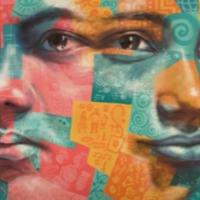
Abuk G.
Thousands of women and children were taken into slavery during the decades of Sudan’s civil war, mainly from Northern Bahr El Ghazal and the Nuba Mountains. Slave-taking was revived in 1985 by the National Islamic government of Sudan primarily as a weapon against counterinsurgents in the South,…
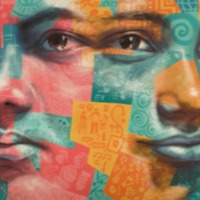
Abuk Garang Thiep
There are an estimated 465,000 people living in modern slavery in Sudan (GSI 2018). Between 1983 and 2005, the central government of Sudan enslaved tens of thousands of black South Sudanese Christian and traditionalist people. It was part of a genocidal war against South Sudan, with a simple aim:…
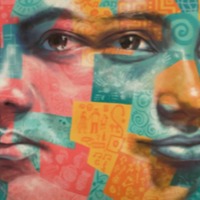
Abuk K.
Thousands of women and children were taken into slavery during the decades of Sudan’s civil war, mainly from Northern Bahr El Ghazal and the Nuba Mountains. Slave-taking was revived in 1985 by the National Islamic government of Sudan primarily as a weapon against counterinsurgents in the South,…
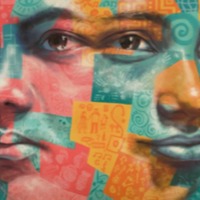
Abuk Ucoak Bol
There are an estimated 465,000 people living in modern slavery in Sudan (GSI 2018). Between 1983 and 2005, the central government of Sudan enslaved tens of thousands of black South Sudanese Christian and traditionalist people. It was part of a genocidal war against South Sudan, with a simple aim:…
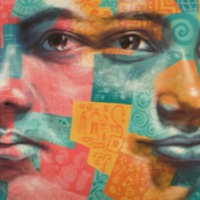
Achai
Thousands of women and children were taken into slavery during the decades of Sudan’s civil war, mainly from Northern Bahr El Ghazal and the Nuba Mountains. Slave-taking was revived in 1985 by the National Islamic government of Sudan primarily as a weapon against counterinsurgents in the South,…

Agany Ateny Angony
There are an estimated 465,000 people living in modern slavery in Sudan (GSI 2018). Between 1983 and 2005, the central government of Sudan enslaved tens of thousands of black South Sudanese Christian and traditionalist people. It was part of a genocidal war against South Sudan, with a simple aim:…
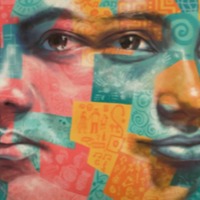
Agor
Thousands of women and children were taken into slavery during the decades of Sudan’s civil war, mainly from Northern Bahr El Ghazal and the Nuba Mountains. Slave-taking was revived in 1985 by the National Islamic government of Sudan primarily as a weapon against counterinsurgents in the South,…
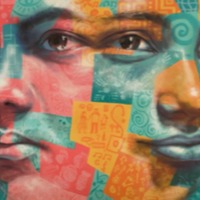
Agol Chan Gop
There are an estimated 465,000 people living in modern slavery in Sudan (GSI 2018). Between 1983 and 2005, the central government of Sudan enslaved tens of thousands of black South Sudanese Christian and traditionalist people. It was part of a genocidal war against South Sudan, with a simple aim:…
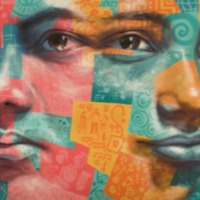
Aguil Mawien Tang
There are an estimated 465,000 people living in modern slavery in Sudan (GSI 2018). Between 1983 and 2005, the central government of Sudan enslaved tens of thousands of black South Sudanese Christian and traditionalist people. It was part of a genocidal war against South Sudan, with a simple aim:…